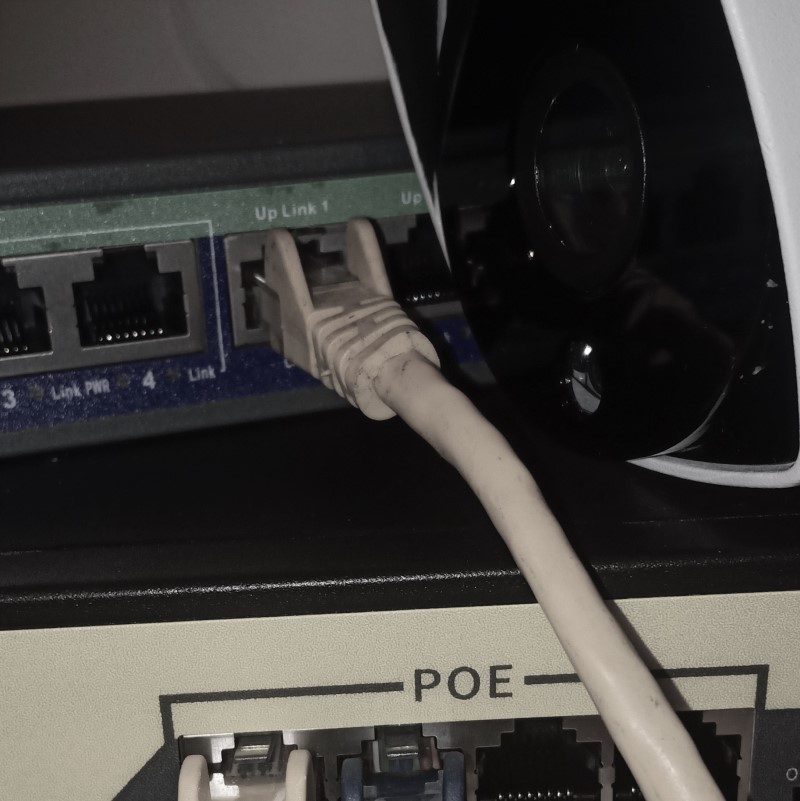WiFi mesh systems have revolutionized home networking, providing a seamless and reliable internet connection throughout your entire home. While these systems were initially expensive, the market now offers several budget-friendly options that deliver excellent performance without breaking the bank. In this blog post, we’ll explore the top 5 best budget WiFi mesh systems that offer… Continue reading Top 5 Affordable WiFi Mesh Systems for Seamless Home Networking
Category: Networking
A computer network is a collection of interconnected computers and other devices that communicate and share resources with one another. It allows multiple computers to exchange data, files, and information, enabling seamless communication and collaboration among users within the network. Computer networks can be of various sizes, from a small local area network (LAN) connecting a few devices within a home or office to a wide area network (WAN) connecting computers and servers across cities or even countries. Networks use various technologies and protocols to facilitate data transmission and ensure efficient and secure communication between devices.
Power over Ethernet for Devices
Power over Ethernet is fantastic if you need to “bury” a switch in a wall, attic or Crawlspace. (Note that devices should always be “accessible”: but that doesn’t mean we can’t “hide” them). More devices are having PoE capability built into them all of the time. Even if they don’t come shipped with POE capabilities,… Continue reading Power over Ethernet for Devices
What’s the Difference Between Active and Passive PoE?
Power over Ethernet (PoE for short) connectivity simplifies cabling needed to connect a device by allowing power and data delivery over a single network cable such as CAT5e or CAT6. It makes it easy to connect devices such as IP security cameras, wireless access points or office phones; a separate power supply or electrical outlet… Continue reading What’s the Difference Between Active and Passive PoE?
Switch / hub / router – What are the differences?
A hub, switch and router are all devices that you might find on a network. Often you will find many routers contain a built in switch (multiple LAN ports) A router is used to send data packets across different networks IE: your home network to the internet. A hub and a switch are used to… Continue reading Switch / hub / router – What are the differences?
Why would I use wired sockets
Installing a wired network socket is the same idea as installing a telephone extension point in a different room – for example a kitchen, or bedroom. It provides the flexibility to plug in and unplug devices without the need to leave a trailing cable. This is especially useful in areas which have multiple uses: IE:… Continue reading Why would I use wired sockets
Why would I use wired sockets
Installing a wired network socket is the same idea as installing a telephone extension point in a different room – for example a kitchen, or bedroom. It provides the flexibility to plug in and unplug devices without the need to leave a trailing cable. This is especially useful in areas which have multiple uses: IE:… Continue reading Why would I use wired sockets
What is a patch panel? Do I need one?
A patch panel is a panel of network ports in a central location. They are usually located in server racks, or next to a modem / router. They allow for easy connection of network sockets throughout a property as simply as you’d plug in a vacuum cleaner in different rooms of your house. Not every… Continue reading What is a patch panel? Do I need one?
What is a patch panel? Do I need one?
A patch panel is a panel of network ports in a central location. They are usually located in server racks, or next to a modem / router. They allow for easy connection of network sockets throughout a property as simply as you’d plug in a vacuum cleaner in different rooms of your house. Not every… Continue reading What is a patch panel? Do I need one?
What is a wireless access point and a wireless repeater
When you’re suffering from poor WiFi signal there are usually a few options you can take to resolve the situation yourself. However, sometimes there are items of furniture you can’t move, or you cant move the router. What can you do then? The first option you have is that you can use a device known… Continue reading What is a wireless access point and a wireless repeater
What is a wireless access point and a wireless repeater
When you’re suffering from poor WiFi signal there are usually a few options you can take to resolve the situation yourself. However, sometimes there are items of furniture you can’t move, or you cant move the router. What can you do then? The first option you have is that you can use a device known… Continue reading What is a wireless access point and a wireless repeater




